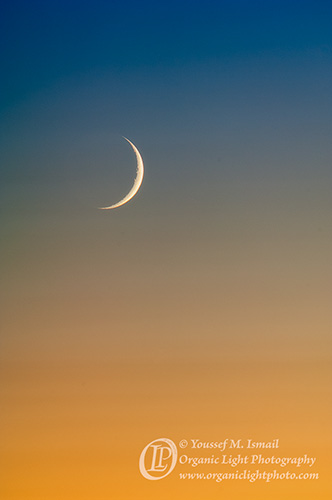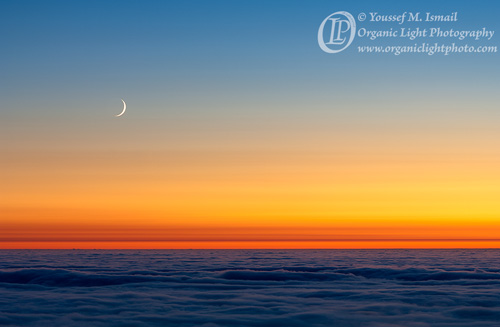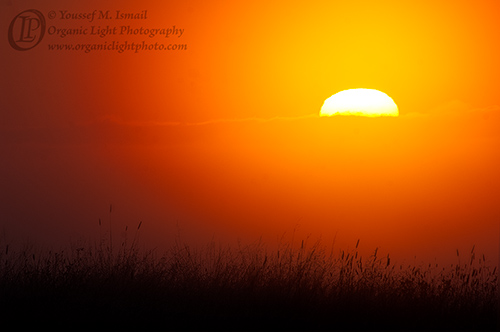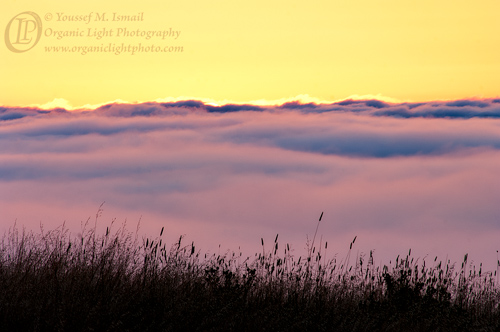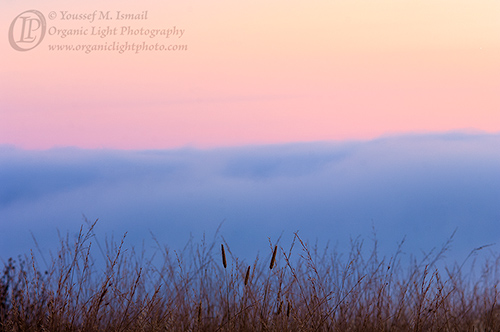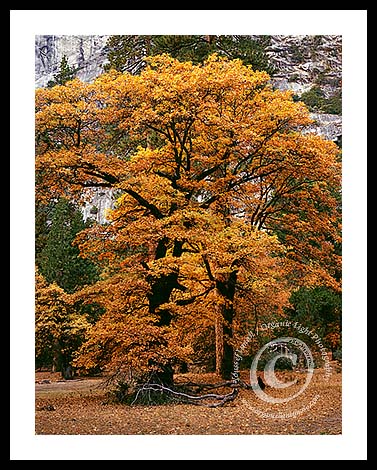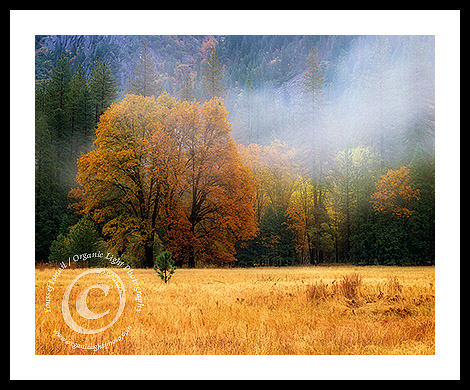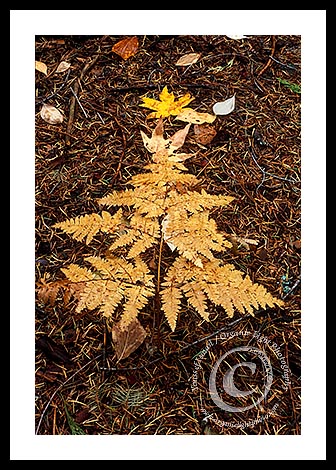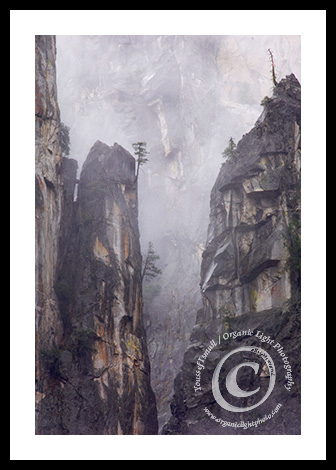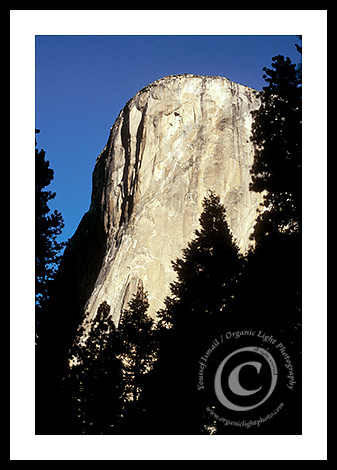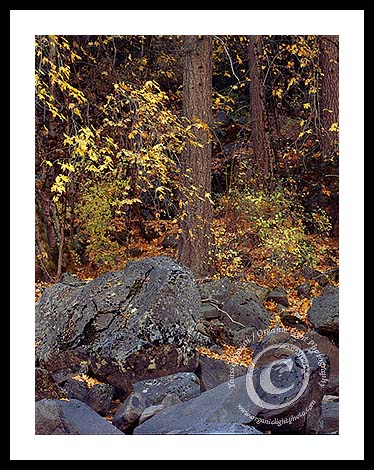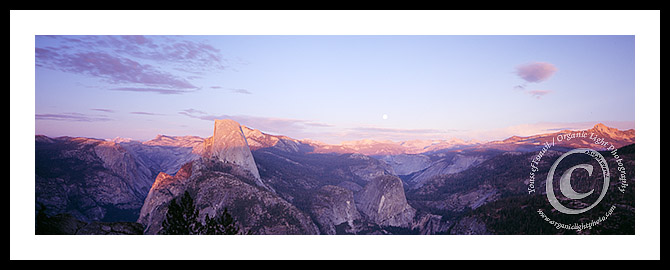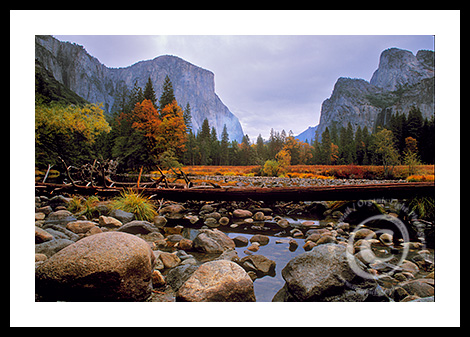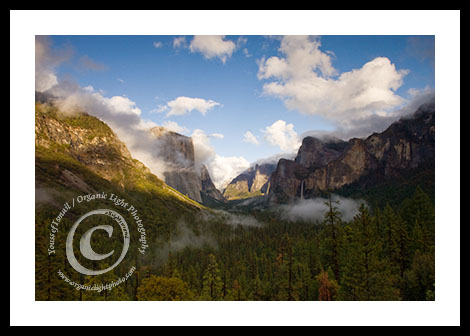Guarding Mercy
Over 1400 years ago as the Mercy to all of Creation fled persecution from his birthplace in Mecca to his eventual resting place in Medina, he looked up to the sky and saw this heavenly body, the same moon that we see in our sky. He called out while looking at a crescent in supplication: “Oh God, bring us into this month with this moon, in safety and faith, and in peace and in submission to you“. Then as he pointed to himself and then to the moon addressing it and said: “My Lord and your Lord is Allah (God)“.
From that day onward, the Muslims have used the new crescent moon to mark the months and years of their calendar, a purely lunar calendar. It is a unique calendar in the entire world. Many other cultures rely on the moon for their calendar as well but include the sun with it forming a luni-solar calendar, which has intercalations that add additional months every so often to keep holidays aligned in certain seasons.
The Islamic calendar however is cyclic with respect to the seasons and the tropical year, which is governed by the sun, or more accurately by the orbit of the Earth around the sun. The months in the Islamic calendar begin traditionally by the sighting of the new crescent moon the same way the Prophet Muhammad, peace be upon him, did during his emigration and establishing this tradition. The lunar cycle however is not one that is completed in an integral number of days; rather its average length is 29.5 days (varying between 29.2 and 29.8 days). What this amounts to is that some months the moon will only be seen after 30 days and some after only 29 days, and with the number of months fixed at twelve the Islamic year is only 354 or 355 days long. This forces the months in the Islamic year to occur 10 to 11 days earlier each tropical year and taking 33 years for the Islamic months to cycle through the Tropical year.
Astronomy has reached a level of sophistication that the position of the moon in the sky and its cycle can be calculated with amazing accuracy. However, the science behind when and where the new crescent moon can be seen is altogether different. Seeing the new crescent moon depends on many factors. These factors include, the age of the moon past conjunction, the elongation, the percent illumination, its altitude above the horizon at the time of sunset, and the lag time or how long it will be in the sky after sunset before it sets as well. Each of these parameters has specific values that must be met in combination in order for the crescent moon to be “seen” in varying degrees. Those degrees include easily visible with the naked eyes, visible with naked eyes under perfect sky conditions, visible with optical aid, visible with optical aid under perfect sky conditions, and finally the Danjon Limit, under which the moon is impossible to see under any circumstances.
The calculation methods used to determine to what level the moon is visible is not a formulaic theoretical computation like that of the position of the moon in the sky. Rather it is a regression analysis of data on crescent moon sightings and non-sightings from archival records, originally from the Ottoman Empire and as of late from modern observation data added to the original pool. The predictions are statistical in nature and although they have a high degree of correlation are still subject to outliers.
However, what these predictions cannot take into account is the weather. The weather is completely outside of the realm of predictability as sky conditions can change on the hour and hence the crescent sighting predictions can only be that, predictions. And by weather I do not just mean clouds in the sky. A cloudless sky does not constitute perfect viewing conditions. Other parameters like atmospheric pressure, relative humidity of the air, air quality and pollution, haze, light pollution, altitude of the viewing location and even the geography on the horizon all play a factor in the visibility of the crescent. In addition to all those factors every person who goes out to look for the moon brings with then their own set of variables that are never even considered, things such as experience, knowledge, eyesight, patience, prudence, etc.. These, of course, cannot be determined from a visibility prediction chart, nor from a very brief conversation one might have with that person in discerning if what he or she actually saw was the moon.
It is because of this and the juristic condition of seeing the moon to start an Islamic month that having someone actually go out and physically see the moon is still an activity that is played out each month among Muslims. In fact, juristically, it is considered a communal obligation that at least one person from each community be charged with the task of discerning the beginnings of each Islamic month so that when the important months like Ramadan and the month of Hajj, the pilgrimage to Mecca, arrive they are started and ended correctly. In addition, juristically, looking for the new crescent moon becomes an individual obligation on each Muslim when its appearance brings on individual religious obligations like fasting in the month of Ramadan. Note that seeing the moon is not the obligation, rather just looking for it is the obligation.
In the last few years, many calculation schemes have been put forward to bring some expediency to the starts of the Islamic months. Some of them make sense and some do not. What I find troubling about them is that they all find reason to avoid having to look up in the sky a day or two after conjunction to physically see the new crescent moon. Establishing a date is not what is at stake here. If that was the case, then simply determining sun-moon conjunction times, which are exceedingly accurate, plus one or two days added to ensure moon visibility could be used to nail down the beginnings of months with 100% accuracy.
What is at stake here is tradition. The body of Islamic Jurisprudence on a whole, which covers every aspect of human life, is and always has been a means for ANY Muslim to learn and understand how to perform the religious obligations on their own. For example it would be considered to much of a hardship if everyone was required to learn how to compute exact conjunction times of the moon and sun in order to establish the times when fasting in Ramadan was to commence and end. However it is not out of the question to ask individuals to simply go out and look in the western sky after sunset to see if the new moon is visible or not. In addition to this, following the traditions of the Prophet Muhammad, peace be upon him, in fulfilling religious obligations is also an obligation in itself. The ‘how’ of many of the religious obligations outlined in the Qur’an, are just that, outlines. The ‘how’ was left to the Prophet, peace be upon him, to explain to the believers exactly how to perform the obligations.
The traditions of the Prophet, peace be upon him, are second to the Qur’an in understanding the religion and how its obligations are to be performed. The traditions are so important, in fact, that they have been preserved with the same level of preservation as the Qur’an itself. Immense volumes of traditions are memorized word by word, including information on who narrated it and the entire chain of narration leading back to the Prophet, peace be upon him, himself, with additional notation on the character of each of the narrators in the chain resulting in various levels of authenticity for each tradition. In fact, there is no other historical record of what any human being said or did that is more accurate and exact as that of the Prophet Muhammad, peace be upon him. To say the traditions are not important is to deny most of what Islam is.
The Prophet Muhammad, peace be upon him, was referred to by God in the Qur’an as a Mercy to all of Creation. An examination of his blessed life gives credence to that. Everything he did or said brought mercy to those of his time and to those who followed afterwards, and when taken with sincerity and practiced, mercy is what is found in his traditions, and not just to humans, but also to animals and plants as well. One of the aspects of prophethood is that prophets elucidate what the future holds for people, not in specific, but in general. The Prophet Muhammad, peace be upon him, left no stone unturned when it came to matters of the end of days. I won’t delve into those matters as that deserves its own study, but one thing that I will say is that the Prophet Muhammad, peace be upon him, did relate that knowledge of Islam and his traditions would slowly vanish over time and one of the last things that would remain before the end of days occurred was prayer. For one reason or another, much of what came with Islam through the Prophet Muhammad, peace be upon him, has already eroded away. Watching his traditions erode away and die off is like watching the Prophet Muhammad, peace be upon him, scrubbed from existence entirely. However, if we hold onto the traditions it is like keeping him alive, and if we revive one of his traditions that did die it would be as if we had revived him.
In the Prophet’s time, there were many battles between the believers and idolaters of Mecca. In one of the battles, the Battle of Uhud, in what initially looked like a Muslim victory turned into a rout and victory for the idolaters. In the midst of the rout, as the Muslim ranks were breaking and men were fleeing from the battle, the Prophet and a few of his companions were surrounded. Among those who were surrounded was a woman, Umm ‘Umara Nusayba bint Ka’b. She was among those who came to the battle to provide water to the soldiers. Her husband and two sons were also in this battle and were surrounded in the rout. One of her sons was injured during the rout and she tended to his wound, only to find herself wielding a shield and sword and in the midst of the battle. She threw herself in front of the Prophet, peace be upon him and defended him. Later the Prophet, peace be upon him, commented that in Uhud, no matter where he turned to face in the battle he saw Umm ‘Umara in front of him fighting. Umm ‘Umara had the courage and the love in her heart to stand up and guard the life of the Prophet, peace be upon him, when even men fled in fear for their life. In the course of that battle she sustained 13 sword and arrow wounds to her body and among one of the sword wounds was a sever one to her neck which required an entire year to heal. In the midst of that rout, the Prophet Muhammad, peace be upon him, supplicated that Umm ‘Umara and her family would be among his companions in Paradise.
In a time when threats to the Prophet’s life were real, the men and women around him were willing to sacrifice their own life to protect his. Today in a time when threats to life and limb in a civilized world are far and few in between, I find it alarmingly astounding that we can sit by and allow the last vestiges of the traditions of the Prophet Muhammad, peace be on upon him, to fall by the wayside because it is not expedient to wait until the moon is seen to mark our days. Rather, it has become the fashion to know the dates of holidays years in advance that we may plan our perfect little lives around them. I know that my actions in following the traditions of the Prophet, peace be upon him, will never bring him back to life, but doing so brings me a deep sense of comfort and certainty that he, peace be upon him, is still alive in my heart and that I can expend a little effort to emulate my beloved. I do not think for a minute that the little that I do in keeping his tradition of sighting the moon each month alive would get me into Paradise. However, I can find solace that on the day when the debts fall due and I am standing in front of my Lord, I can say with certainty that I did not let the Prophet, His most Beloved, Muhammad, peace be upon him, die in my heart or in my actions.
I beseech all of my Muslim readers to take up this tradition and keep the spirit of the Prophet Muhammad, peace be upon him, alive in their own lives. Moreover, to those readers, who follow another of God’s Messengers, hold onto their traditions as well. In our days, it is these traditions that keep our connection to our Lord healthy and strong. Do not rob yourselves of the deep spiritual connection that can be formed with the Creator as you see the moon emerge in the evening sky from apparent non-existence into the realm of existence right before your very eyes.
Peace to you all.
